Interviews
Rounding up Issei and Nikkei
The first 48 hours, I think about 3,000 Isseis were picked up. And the first ones were, were I don’t know, uh, Japanese businessmen, Japanese schoolteachers, martial arts teacher—they didn’t pick up all the fishermen then. The next group, every fisherman, 16 or over, were picked up.
And, of course, we see the papers blaring headlines, “Get the Japs Out!” and all that. So, we knew that we were, you know, all the Japanese were gonna go. And, I worked in San Pedro at the Woolworth, Five and Dime. There were hardly any Asians, Blacks or Chicanos that had jobs in San Pedro, and I didn’t know how long they were gonna keep me before they let me go. But, I knew I wouldn’t be able to hold on to that Five and Dime job.
And, well, I think, Japanese in other cities, they were all losing jobs—Long Beach, Los Angeles, all the places—and, of course, all of us called up each other, you know, friends saying, “What do you think’s gonna happen to us?” And, it was in the paper already, you know, that California’s wanted every Jap out and so…So, we knew that sooner or later we’re all gonna be sent out of California.
Date: June 16, 2003
Location: California, US
Interviewer: Karen Ishizuka, Akira Boch
Contributed by: Watase Media Arts Center, Japanese American National Museum.
Explore More Videos

Starting to get angry
(1919-2020) Member of the 1800th Engineering Battalion. Promoted Japan-U.S. trade while working for Honda's export division.

Strictly American, but sympathize with Japan
(1919-2020) Member of the 1800th Engineering Battalion. Promoted Japan-U.S. trade while working for Honda's export division.
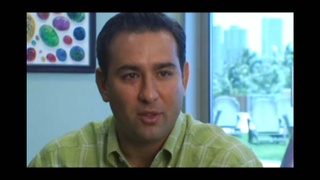
Never feeling discriminated against in Hawai‘i
Hawaiian businessman, developer.

Grandfather's arrival in the U.S., experiencing discrimination
(b. 1939) Japanese American painter, printmaker & professor

Father's Service in WWII
(b. 1930) Half Japanese and grew up in both Japan and the United States.

Moving to Upland Post-Camp
(b. 1930) Half Japanese and grew up in both Japan and the United States.
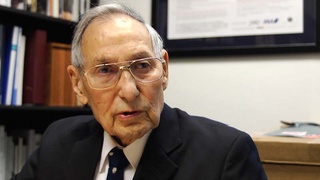
Discrimination in Air Corps
(1918-2022) Hapa World War II veteran, pilot
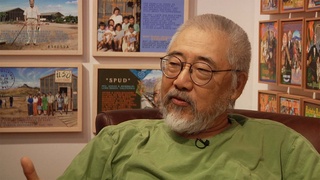

Kindergarten in Davao, Philippines
(b. 1938) Philipines-born hikiagesha who later migrated to the United States.

Family was shipped back to Japan after the war
(b. 1938) Philipines-born hikiagesha who later migrated to the United States.
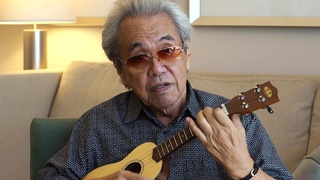
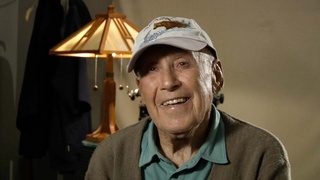
Coming to California
(1916 - 2013) Member of the U.S. Military Intelligence Service

Life in the Philippines
(b. 1938) Philipines-born hikiagesha who later migrated to the United States.

Learning Japanese with the MIS
(1916 - 2013) Member of the U.S. Military Intelligence Service

Camouflage Net Weaving in Manzanar
Japanese American animator for Walt Disney and Hanna Barbera (1925-2007)
